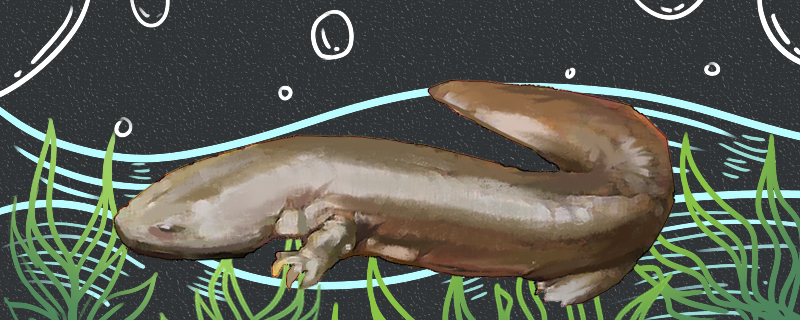
with? The giant salamander is an amphibian, and the respiratory organs used by different animals may be different. The respiratory organs used by amphibians have common characteristics, and giant salamanders also conform to this basic characteristic. When the giant salamander is very young, that is, just hatched from the fertilized egg and the whole larval period, it lives in the water. Moreover, they can live in the water all the time, because their respiratory organs are gills, and when they use gills to breathe, they can breathe freely in the water. It is also for this reason that they cannot move on land at this time. After that, the
giant salamander will undergo metamorphosis and development, and then it can develop into a more familiar giant salamander body. At this time, their physical characteristics have changed greatly, which is very different from the juvenile period. Moreover, their respiratory organs have undergone great changes. They have developed lungs in their bodies, which are more efficient than gills. However, because the giant salamander is an amphibian, and although amphibians may have lungs, the function of the lungs is not particularly perfect. The giant salamander's lungs are the same way, so they don't just breathe through their lungs, they breathe through their skin. Relatively speaking, the lungs play a major role, while the skin has an auxiliary effect.
? As mentioned above, the respiratory organs used by giant salamanders in different stages are not interlinked, and their breathing patterns are also different. In the larval stage, the giant salamander breathes with gills, and basically does not use skin to assist breathing. When giant salamanders reach the adult stage, they do not breathe with gills, but with lungs. At this time, although they mainly use the lungs to breathe, but only the lungs can not breathe, the oxygen provided can not meet their body's oxygen needs, but also need skin to assist breathing. The skin can absorb part of the oxygen in the air, supply the body's activities, and discharge part of the exhaust gas from the body, so that the giant salamander can live a normal life.